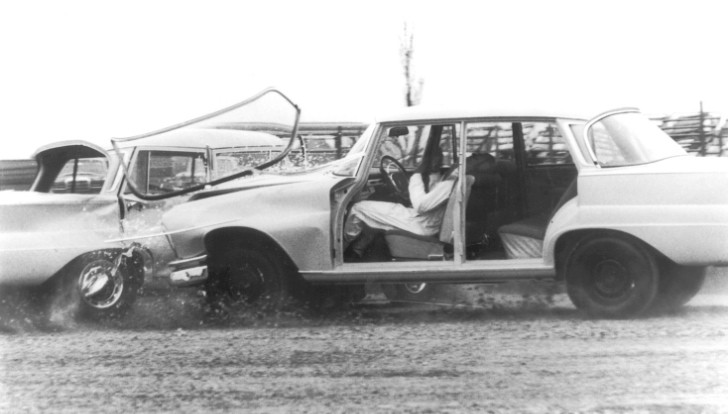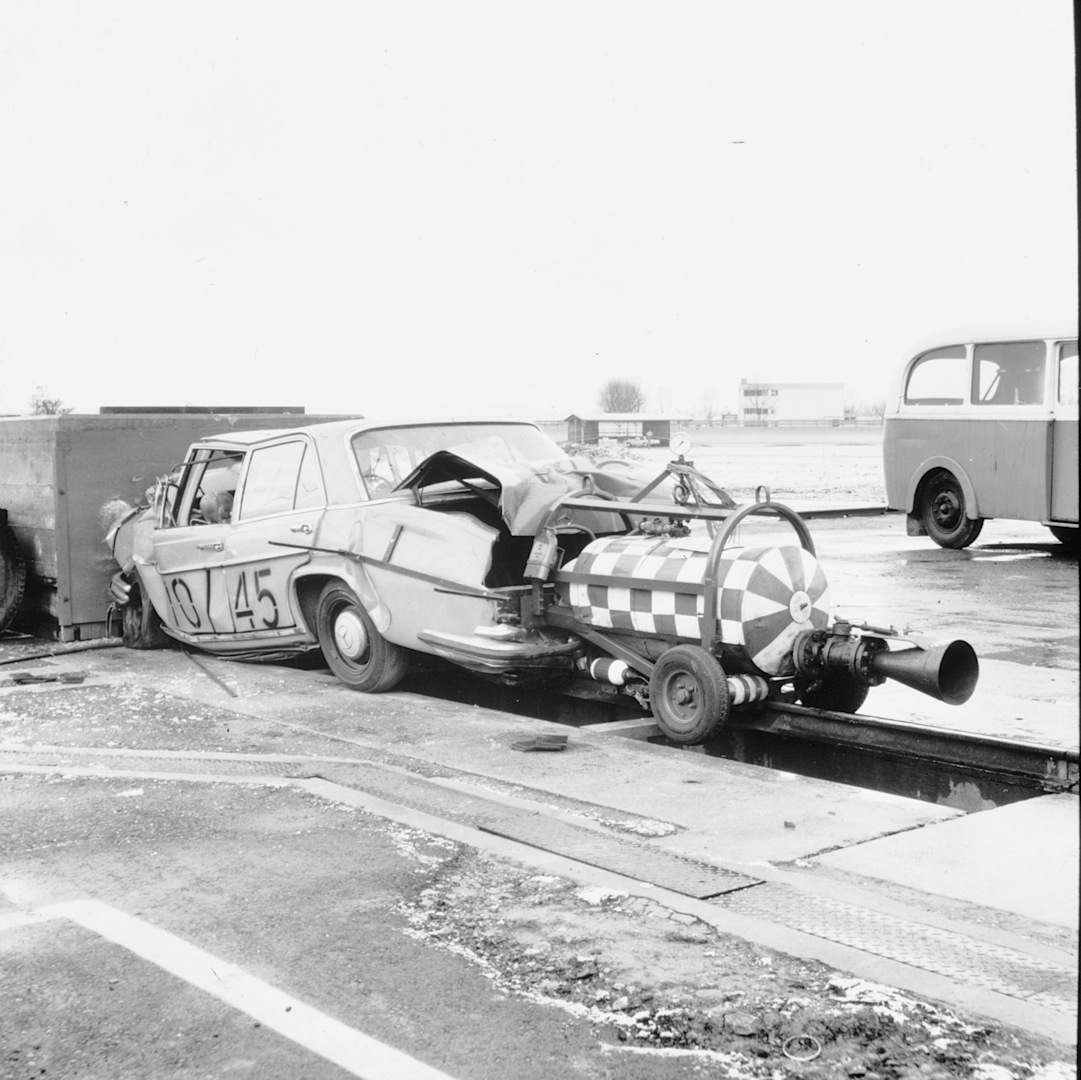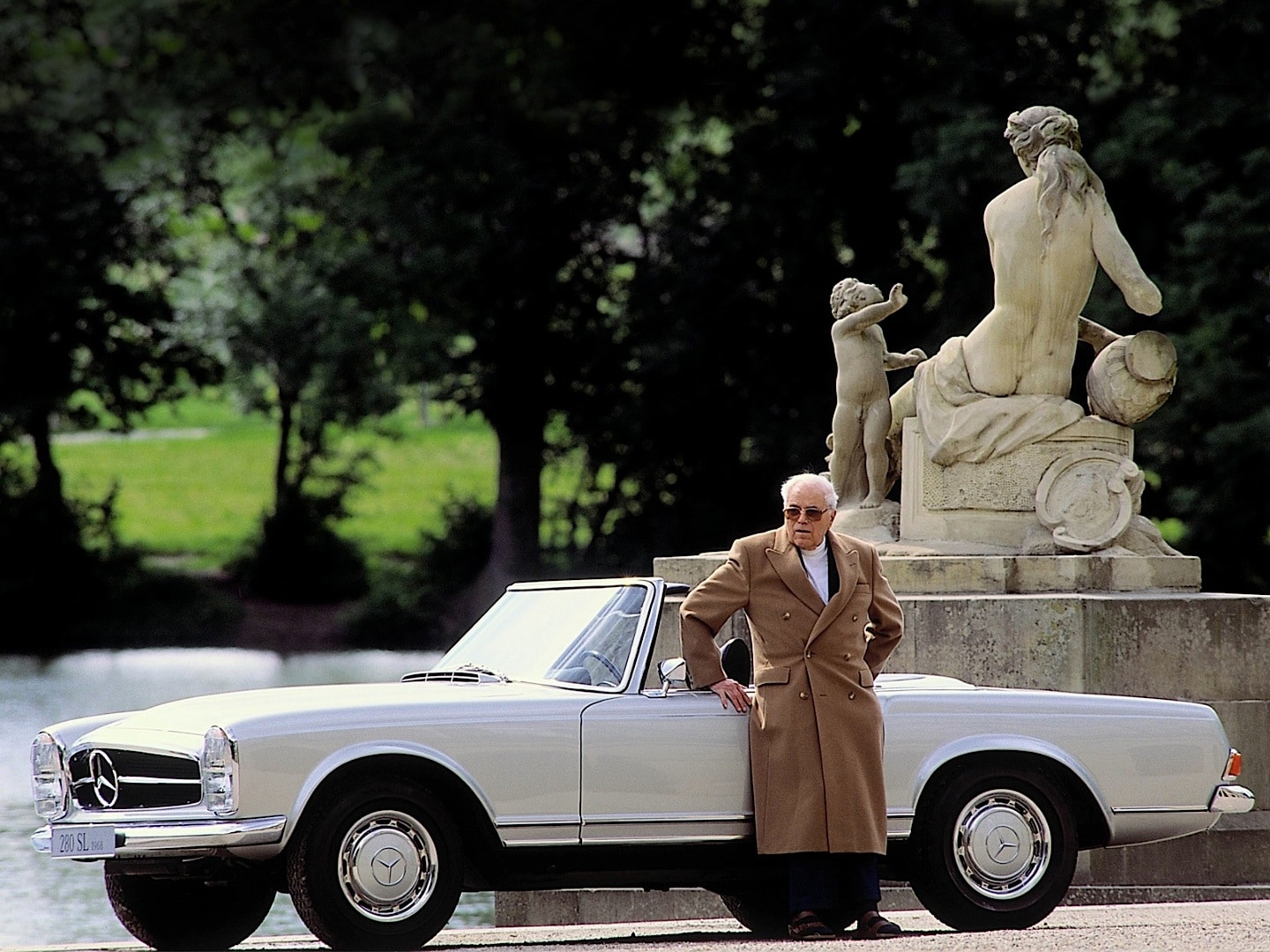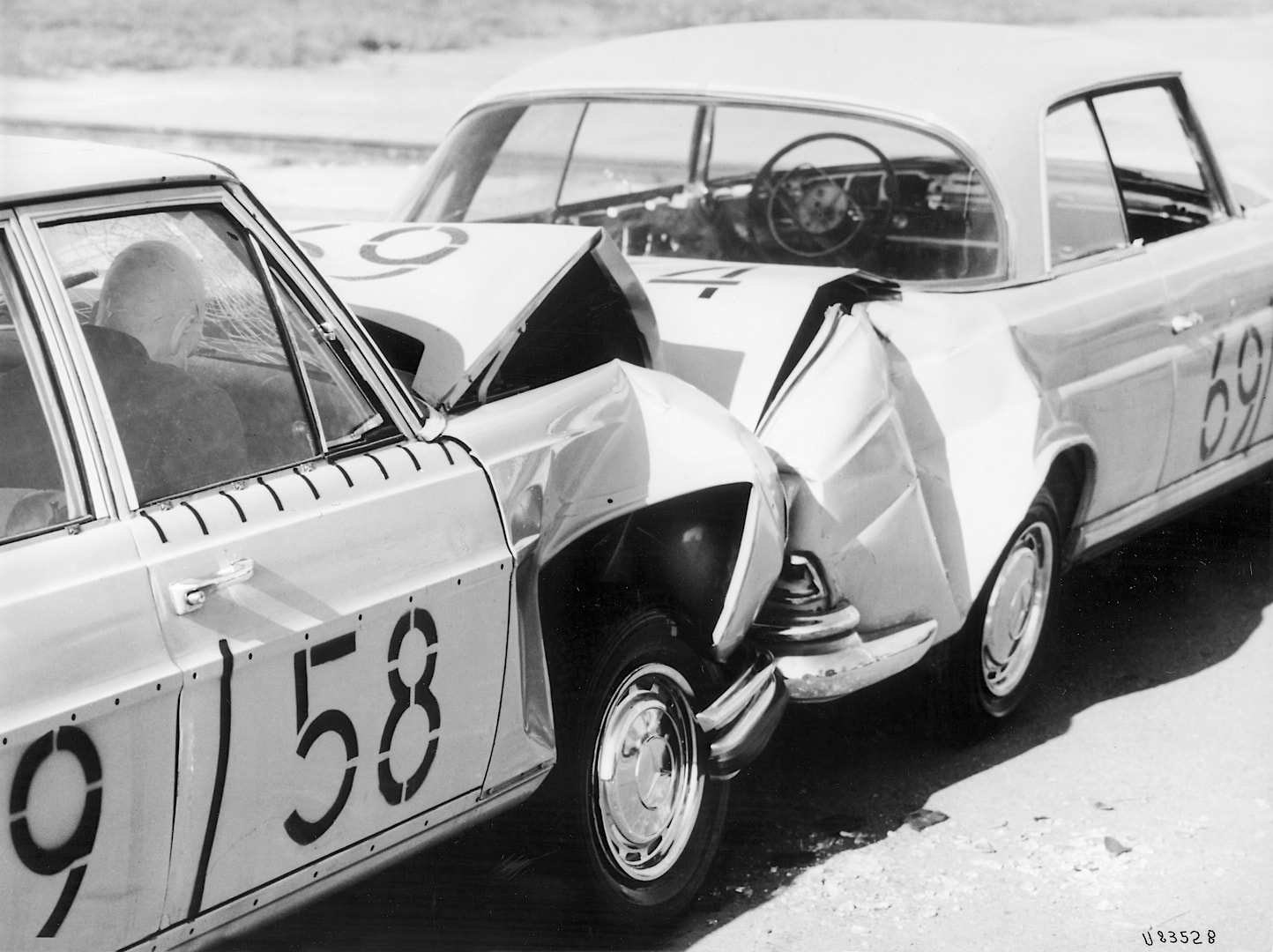Believe it or not, cars weren't always as safe as they are today, as in the pre-crumple zones era even minor fender benders could result in serious injury or even death for car passengers.
Not enough people know that most of the safety features that we take for granted today have been introduced on Mercedes-Benz cars, with a downright engineering genius situated behind the beginnings of the modern car passive safety.
That man was called Béla Barényi, an engineer and inventor who worked for the three-pointed star for most of his life and currently has over 2,500 patents, most of them being related to automobile safety.
In fact, the Austro-Hungarian is seen by many as the father of passive safety in cars, with many of his inventions now being used by practically every modern car and saving thousands, if not millions of lives.
By far, his biggest invention while working for Daimler was the crumple zone and the rigid passenger safety cell, which received a patent in 1951. Barenyi was the first to incorporate the principle of a rigid passenger cell enclosed by crumple zones at the front and at the rear of the car.
In the unfortunate event of an accident, the front and/or rear sections of the car were designed to deform and dissipate the kinetic energy of the collision before reaching the safety cell, thus reducing the load on the passengers during the impact.
Another invention from Béla Barényi in this area was the deformable steering column, which included an impact absorber in its assembly in order to no longer act like Vlad the Impaler during a frontal impact. Yes, car crashes were a bit more gruesome back then, despite the much lower speeds reached by most production cars.
The concept was first introduced in 1947, when the impact absorber was included in the steering wheel itself, but after a few years it evolved into a telescopic steering wheel that is now used by any self-respecting car manufacturer, just like the crumple zones and rigid passenger cell.
Another car safety problem in those years was the insanely-popular opening of car doors during car accidents, no matter how small, with many resulting in the passengers being thrown out of the vehicle and sustaining highly-preventable injuries.
Béla Barényi resolved this rather serious problem once and for all with an invention that may seem so trivial you would think cars had it since the beginning: a wedge-pin door lock. A small but sturdy pin incorporated in the door lock insured that the doors stayed closed even in the event of a serious car crash, such as a rollover.
Launched in 1959, the Mercedes-Benz W111 incorporated all of the above inventions, including a padded dashboard, becoming the first ever road car with integrated safety bodywork.
The following short video will skim through some of Barényi's most important work for Mercedes-Benz and, honestly, it's a bad way to spend the next three minutes or so. Enjoy!
That man was called Béla Barényi, an engineer and inventor who worked for the three-pointed star for most of his life and currently has over 2,500 patents, most of them being related to automobile safety.
In fact, the Austro-Hungarian is seen by many as the father of passive safety in cars, with many of his inventions now being used by practically every modern car and saving thousands, if not millions of lives.
By far, his biggest invention while working for Daimler was the crumple zone and the rigid passenger safety cell, which received a patent in 1951. Barenyi was the first to incorporate the principle of a rigid passenger cell enclosed by crumple zones at the front and at the rear of the car.
In the unfortunate event of an accident, the front and/or rear sections of the car were designed to deform and dissipate the kinetic energy of the collision before reaching the safety cell, thus reducing the load on the passengers during the impact.
Another invention from Béla Barényi in this area was the deformable steering column, which included an impact absorber in its assembly in order to no longer act like Vlad the Impaler during a frontal impact. Yes, car crashes were a bit more gruesome back then, despite the much lower speeds reached by most production cars.
The concept was first introduced in 1947, when the impact absorber was included in the steering wheel itself, but after a few years it evolved into a telescopic steering wheel that is now used by any self-respecting car manufacturer, just like the crumple zones and rigid passenger cell.
Another car safety problem in those years was the insanely-popular opening of car doors during car accidents, no matter how small, with many resulting in the passengers being thrown out of the vehicle and sustaining highly-preventable injuries.
Béla Barényi resolved this rather serious problem once and for all with an invention that may seem so trivial you would think cars had it since the beginning: a wedge-pin door lock. A small but sturdy pin incorporated in the door lock insured that the doors stayed closed even in the event of a serious car crash, such as a rollover.
Launched in 1959, the Mercedes-Benz W111 incorporated all of the above inventions, including a padded dashboard, becoming the first ever road car with integrated safety bodywork.
The following short video will skim through some of Barényi's most important work for Mercedes-Benz and, honestly, it's a bad way to spend the next three minutes or so. Enjoy!








